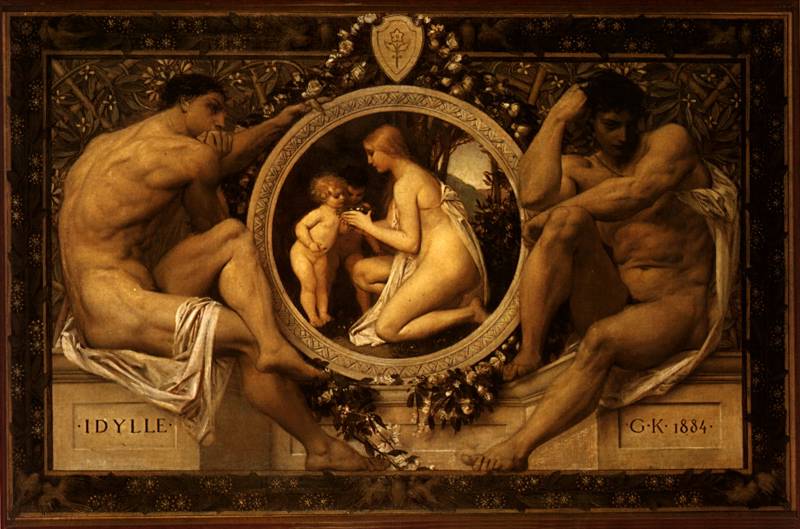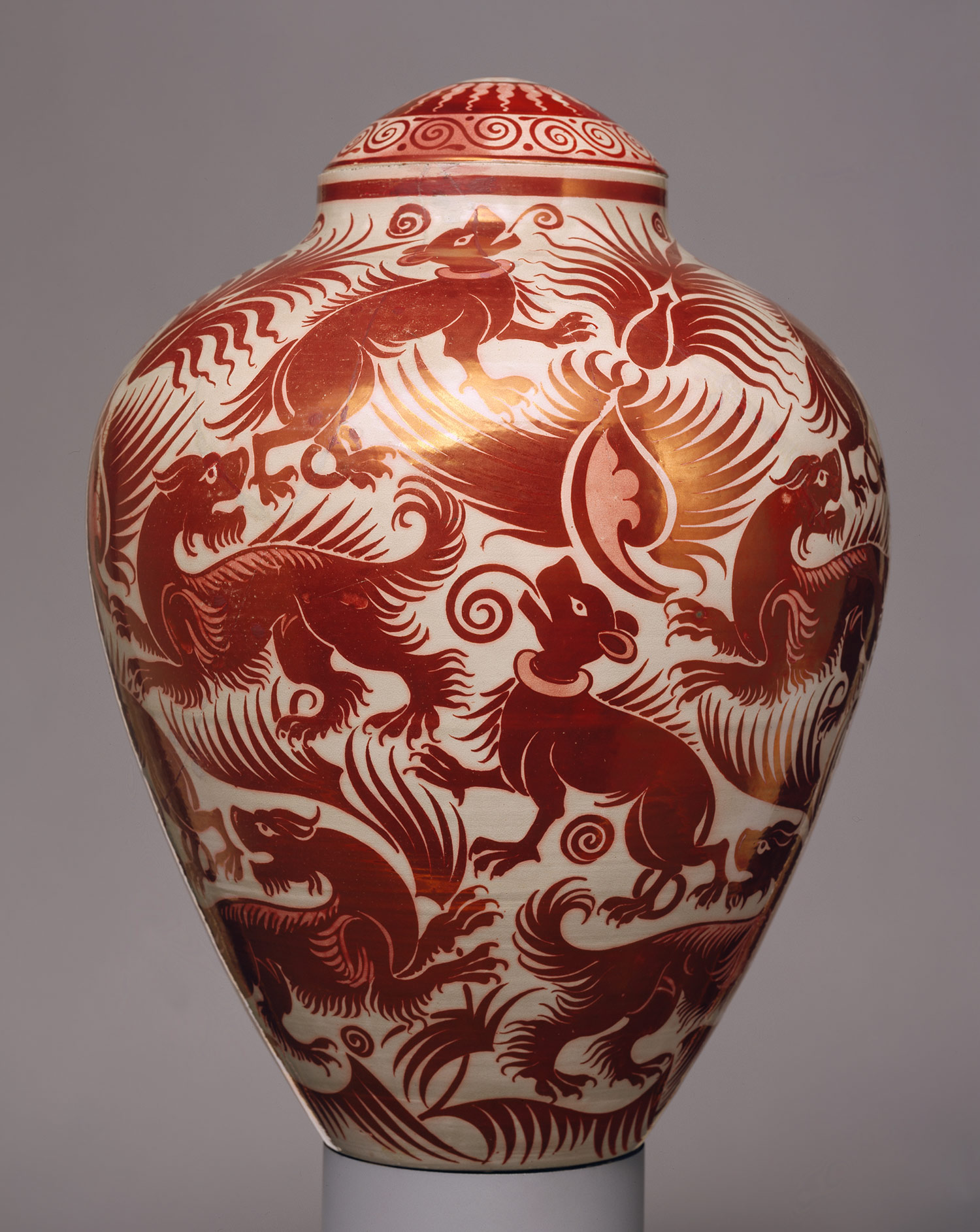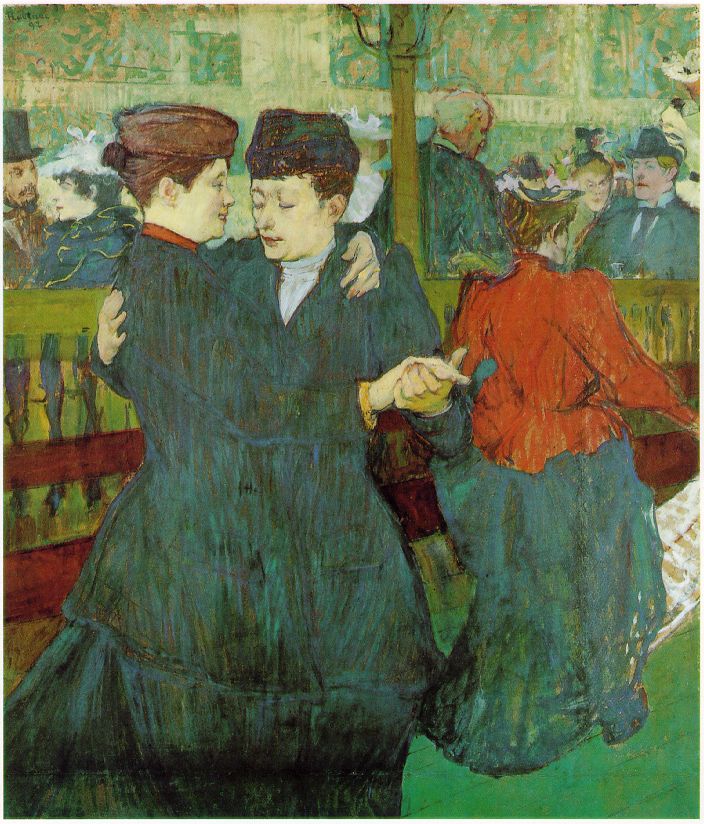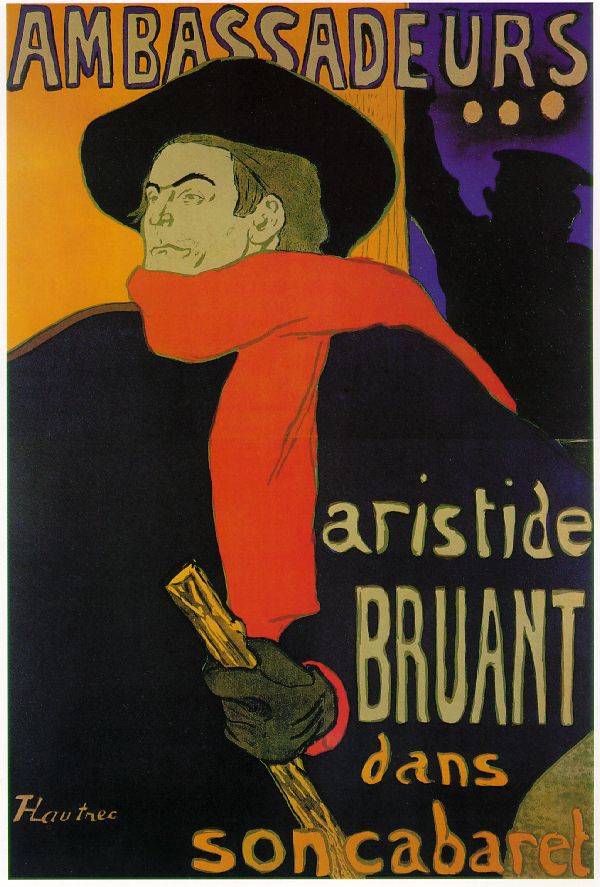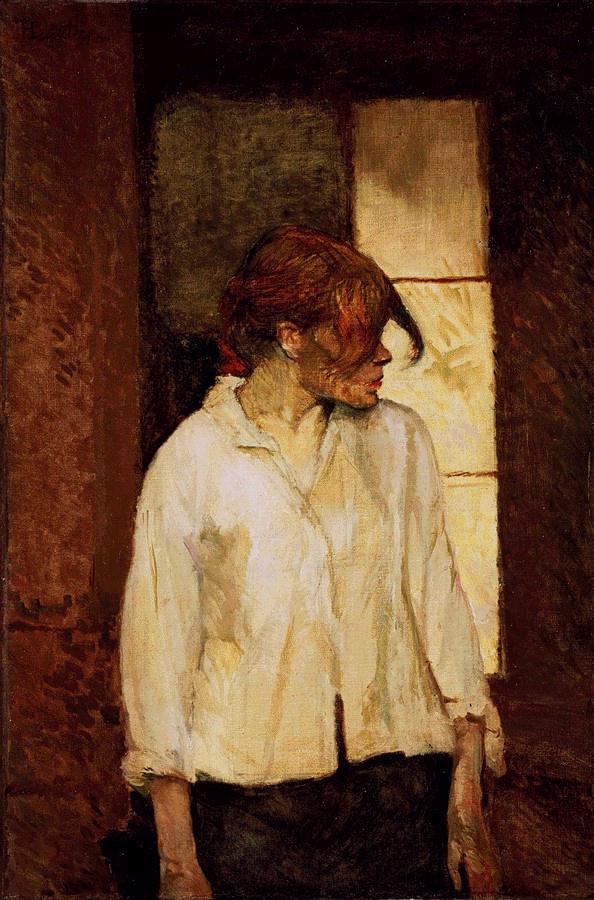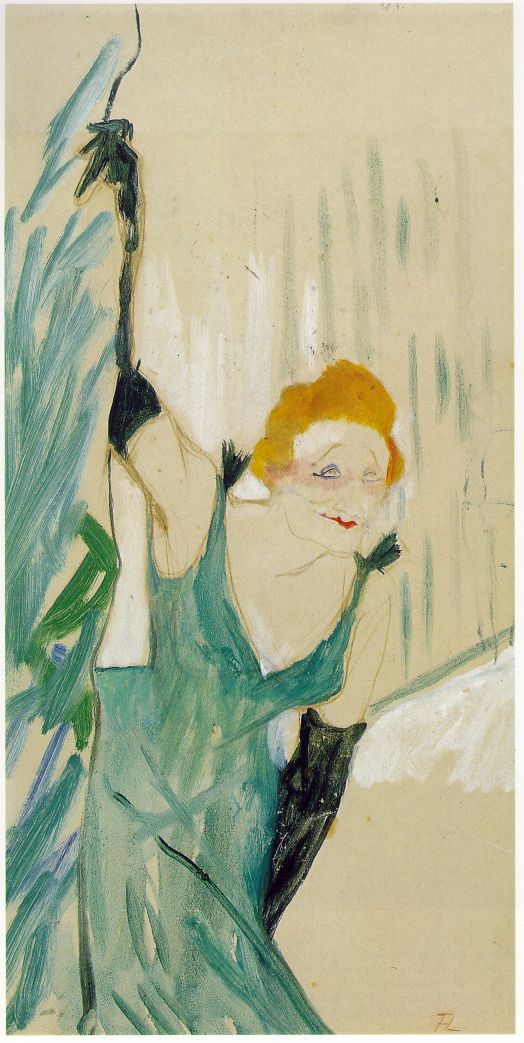Is an American graphic designer whose happened to be most known in the world in design area. He was born in Texas, The United States of America 1952. Before he became famous graphic designer he traveled over the world, he worked as a teacher,he tooked some graphic courses because he was interested into design, then he stayed in New York,where he had done lot of graphic stuff. Then he happened to be one of the best grapnic designers of 1990's. He has over 180 awards in design like for example Master of Typography, The most famous graphic designer on the planet.
First of all If I had to make a list of artists I had to work on from the best to the worst I would definitely put David Carson on the last place. But maybe this guy should not be compared to others four artists I wrote about, because David Carson is first artist from my list who is digital artist. He belongs to one of the most known computer graphic designers of the nineties in the United states of America and probably also rest of the world. I personally do not like his works he has done back in nineties , actually I do not like old school graphic designing at all ,I understand and I respect that how it looks and it that was really cool back in the days , but I was something eyeing about one or two years old so I could not check and look at his work by nineties eye or view , but If I could I would say I would like his works. I see he uses and plays quite often in his outcomes with typographic and typographic only and it is pretty clear because of technology which did not allow to do some crazy stuff which you can do now , so they had to work with simple things like letters or little bit with pictures but no fancy flashy stuff. I red some articles about him and some about the people talking about him and I found out than he is for many people apprehend him like a pathfinder and the guy who influenced many beginning graphic designers. Like I say I respect that style of designing but nowadays his style would not have sucsess in graphic studios ,I would say. What I like on him is that he is like active graphic designer, he goes around the city and he tries to improve or make look better some empty places like walls or something in the underground , he did big campaign of placing 350 posters over all over New York city with simple typography telling us that under the pavement there is a movement. I liked that idea beacuse it can stand for more meanings then just that there is a subway, maybe it means that there are another human-beings straight under our legs on the opposite side of the planet struggeling with same problems like we do.
First of all If I had to make a list of artists I had to work on from the best to the worst I would definitely put David Carson on the last place. But maybe this guy should not be compared to others four artists I wrote about, because David Carson is first artist from my list who is digital artist. He belongs to one of the most known computer graphic designers of the nineties in the United states of America and probably also rest of the world. I personally do not like his works he has done back in nineties , actually I do not like old school graphic designing at all ,I understand and I respect that how it looks and it that was really cool back in the days , but I was something eyeing about one or two years old so I could not check and look at his work by nineties eye or view , but If I could I would say I would like his works. I see he uses and plays quite often in his outcomes with typographic and typographic only and it is pretty clear because of technology which did not allow to do some crazy stuff which you can do now , so they had to work with simple things like letters or little bit with pictures but no fancy flashy stuff. I red some articles about him and some about the people talking about him and I found out than he is for many people apprehend him like a pathfinder and the guy who influenced many beginning graphic designers. Like I say I respect that style of designing but nowadays his style would not have sucsess in graphic studios ,I would say. What I like on him is that he is like active graphic designer, he goes around the city and he tries to improve or make look better some empty places like walls or something in the underground , he did big campaign of placing 350 posters over all over New York city with simple typography telling us that under the pavement there is a movement. I liked that idea beacuse it can stand for more meanings then just that there is a subway, maybe it means that there are another human-beings straight under our legs on the opposite side of the planet struggeling with same problems like we do.
--------------------------------------------------------------------------------
Research :



equipo2historiadg ( 2010 ) david carson , Available at : http://www.youtube.com/watch?v=vAPzYcte6SA&feature=related ( Accessed : 11 May 2011 )
-----
David Carson is principal and chief designer of David Carson Design, Inc. with offices in New York City and Charleston, SC.Carson graduated with "honors and distinction" from San Diego state university, where he received a BFA degree in sociology. A former professional surfer, he was ranked #9 in the world during his college days. Numerous groups including the New York Type Directors Club, American Center for Design and I.D. magazine have recognized his studio's work with a wide range of clients in both the business and arts worlds. Carson and his work have been featured in over 180 magazine and newspaper articles around the world, including a feature in Newsweek magazine, and a front page article in the new york times . London-based Creative Review magazine dubbed Carson "Art Director of the Era." The American Center for Design (Chicago) called his work on Ray Gun magazine "the most important work coming out of America." His work on Beach Culture magazine won "Best Overall Design" and "Cover of the Year" from the Society of Publication Designers in New York.
http://anarddesign.blogspot.com/2007/03/david-carson-bio.html
I couldn't possibly do a series about great graphic designers without mentioning David Carson.
He is, without a doubt, the most important designer of the 90's. He gave us 'dirty' graphics, and was dubbed the 'godfather of grunge'. Carson questioned the aesthetics and purpose of typography and not only broke the rules, he took the rule book, jumped on it, tore out the pages and then set it alight.
He was the art director for the magazine Ray Gun which was first published in 1992 in California. Through Ray Gun Carson created new boundaries in magazine publishing. He abandoned the usual conventions of the grid system and ignored the acceptable usage of columns, headlines and even page numbers. This resulted in a style which was chaotic and abstract in the extreme, often unreadable, but always visually exciting.
http://kingdomofstyle.typepad.co.uk/my_weblog/2007/01/great_graphic_d.html
Like Neville Brody, typographer and graphic designer David Carson became influential in the late 1980's and 1990s for experimental typeface designs. David Carson's designs were featured heavily in surfing and skateboarding magazines.
A tribute to other self-taught designers, David Carson broke most of the rules of design and typography, a process that was made easy with the use of desk top publishing programs, such as Pagemaker, QuarkXpress and Illustrator. He experimented with overlapping and distorted fonts and intermixed these with striking photographic images.
http://www.designtalkboard.com/design-articles/famous-designers.php
David Carson, (born September 8, 1955, Corpus Christi, Texas, U.S.), American graphic designer, whose unconventional style revolutionized visual communication in the 1990s.
Carson came to graphic design relatively late in life. He was a competitive surfer—ranked eighth in the world—and a California high-school teacher when, at age 26, he enrolled in a two-week commercial design class. Discovering a new calling, he briefly enrolled at a commercial art school before working as a designer at a small surfer magazine, Self and Musician. He then spent four years as a part-time designer for the magazine Transworld Skateboarding, which enabled him to experiment. His characteristic chaotic spreads with overlapped photos and mixed and altered type fonts drew both admirers and detractors. Photographer Albert Watson, for example, declared, “He uses type the way a painter uses paint, to create emotion, to express ideas.” Others felt that the fractured presentation obscured the message it carried.
In 1989 Carson became art director at the magazine Beach Culture. Although he produced only six issues before the journal folded, his work there earned him more than 150 design awards. By that time, Carson’s work had caught the eye of Marvin Scott Jarrett, publisher of the alternative-music magazine Ray Gun, and he hired Carson as art director in 1992. Over the next three years, with the help of Carson’s radical design vision, Ray Gun’s circulation tripled. Because Carson’s work clearly appealed to a youthful readership, corporations such as Nike and Levi Strauss & Co. commissioned him to design print ads, and he also began directing television commercials.
After leaving Ray Gun in 1995, Carson established David Carson Design, with offices in New York City and San Diego, California. The firm was instantly successful and attracted well-known, wealthy corporate clients. In 1995 Carson produced The End of Print: The Graphic Design of David Carson (revised edition issued in 2000 as The End of Print: The Grafik Design of David Carson), the first comprehensive collection of his distinctive graphic imagery. This was followed by the boldly experimental books 2nd Sight (1997), Fotografiks (1999), and Trek (2003).
http://www.britannica.com/EBchecked/topic/97120/David-Carson
David Carson was recently named one of the top five most influential designers by Graphic Design USA magazine. His work can be considered post-modern, and he largely influenced the dirty-grunge movement in design trends of the 90s. Carson started designing in the 80s with no formal schooling in the field and has since focused heavily on typography and photography. His work became well-known in the late 80s and early 90s through skateboarding and surfing magazines. Later, he started Ray Gun Magazine, a lifestyle and music magazine, and went on to start his own design firm, David Carson Design. Carson has written and co-authored a handful of books characterizing design trends. He continues to be active in the surfing community. Clients include Quiksilver, Suicide Girls, Samsung, Adidas, Nine Inch Nails, Pepsi, and Toyota.
http://www.arsgrafik.com/david-carson/









